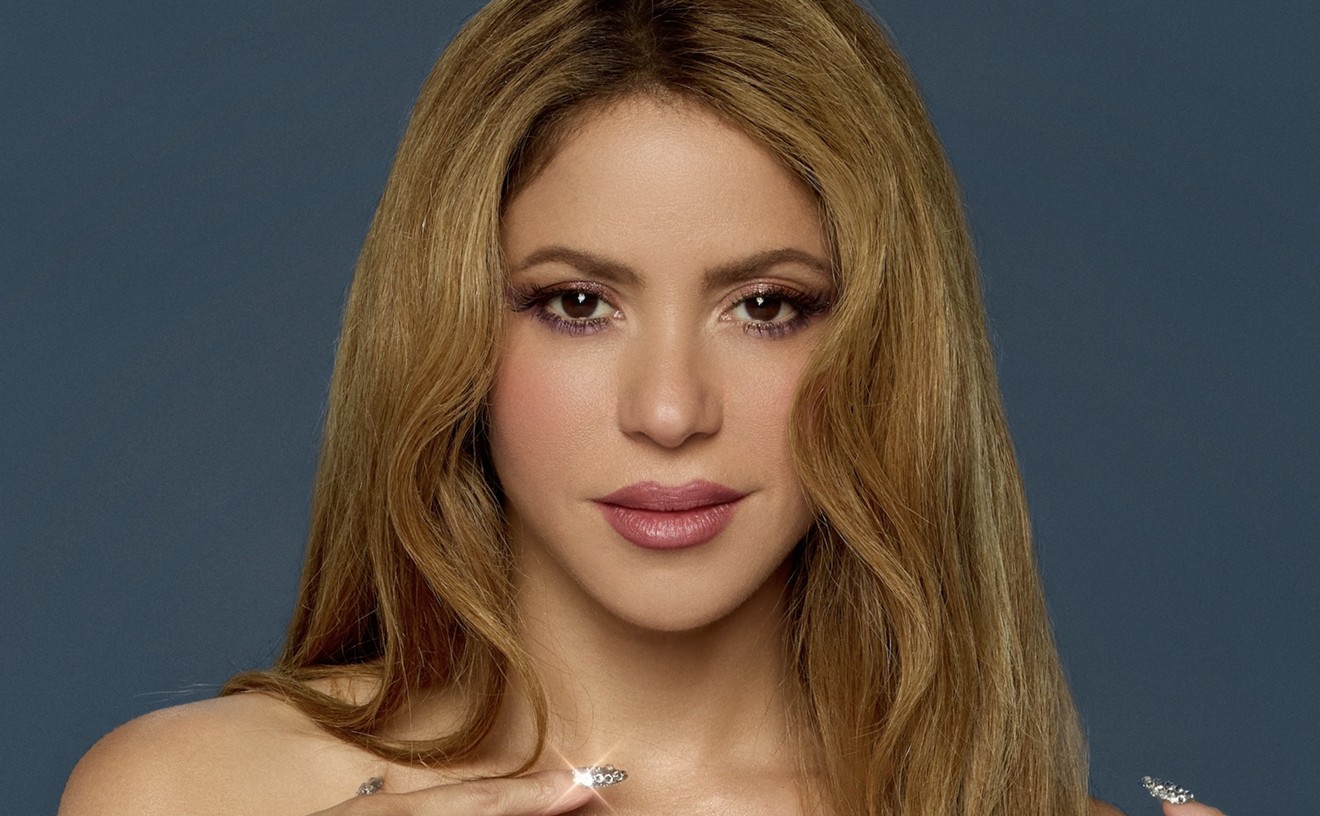For the past decade or so, the Association of Performing Arts of India in Pembroke Pines has been struggling to fight these brainless assumptions and spread awareness of a genre that many Americans — including, no doubt, our multicultured masses here in South Florida — find difficult to digest. "Our goal is to continue promoting this music, which is 5,000 years old but less known in this part of Florida," says Miron Leshem, the organization's vice president and chief spokesperson. "We want to expose the young generation to this music to keep this torch alive."
To that end, the association, the combined vision of Leshem and Program Director Bharti Chokshi, offers a concert series, lectures, demonstrations, and lessons in sitar, tabla, violin, and miridangam. To commemorate their ten-year anniversary, they're jump-starting this year's season with a special performance that features two highly regarded Indian musicians of international renown — powerful singer Subhra Guha and sitar master Pandit Krishna Mohan Bhatt. It marks the first time either artist has performed in South Florida, making this event something of a coup for the association and its enthusiasts.
Aside from the fact that it's a double bill, the program also boasts a rare star quality that's eluded this area in the past. For her part, Guha has been hailed as one of India's most accomplished female vocalists, owing to a melodic style that blends subtlety, finesse, and the ability to soar several octaves. She possesses the vocal range of an Ella Fitzgerald, with all of the style and cultural intrigue to match. A guru, teacher, and longtime resident scholar at India's Sangeet Research Academy, she's recorded numerous albums and toured regularly throughout Europe and North America. "My performances keep me busy," she likes to say. "But as a student of Indian classical music, I see it as my aesthetic responsibility to pass on whatever I have learnt from my gurus to the next generation."
Bhatt hails from a distinguished lineage that includes his father, the late Sashi Mohan Bhatt, one of India's most celebrated sitar players, and his uncle, Vishwa Mohan Bhatt, best-known for garnering a Grammy. However, his most compelling connection may be the fact that he's a personal protégé of Ravi Shankar. No stranger to Western audiences, he's played Carnegie Hall, San Francisco's Great American Music Hall, and avant-garde music festivals all over Europe. Known for his efforts to bridge classical and contemporary, he's collaborated with progressive pioneers like the Kronos Quartet, Terry Riley, and saxophonist George Brooks, with whom he recorded the Grammy-nominated jazz/classical fusion album aptly dubbed Lasting Impression.
Leshem is hoping that even the limited exposure local music enthusiasts have had to Indian music — although filtered through pop music or, more specifically, '60s psychedelia — will be enough to prompt them to check out the real deal. "Indian music, particularly sitar, is very popular among young and old, due to George Harrison and Ravi Shankar," he suggests, somewhat optimistically. "So it will not sound strange to those who maybe have never heard actual Indian music before."
Leshem touts what he believes is its obvious appeal, asserting that "the music is also very rhythmic and exciting with its changes in tempos and virtuoso flourishes." Still, one should give it more than a casual listen. Ragas are a highly technical musical form, often improvised, with long, extended passages built around the interaction between sitar and tabla, a kind of call-and-response dialogue that becomes increasingly frenzied and complex as the performance progresses. There are a number of different styles and structures, but most are imbued with a spiritual purpose and strict sense of discipline that have remained constants from one generation of musicians to the next.
"Indian music was performed only in the temples to attain oneness with God," Leshem explains. "After the invasion of foreigners, it has gone out of the temples, but the goal is still to perform for the Almighty and not for entertainment."
Still, those who have witnessed a master musician and felt themselves getting swept up in the sheer exhilaration of an impassioned performance know that there are rare, transcendent moments when entertainment and enlightenment go hand in hand. No doubt the Association of Performing Arts of India is hoping to offer a similar experience, one that will take its audience from ragas to riches.










